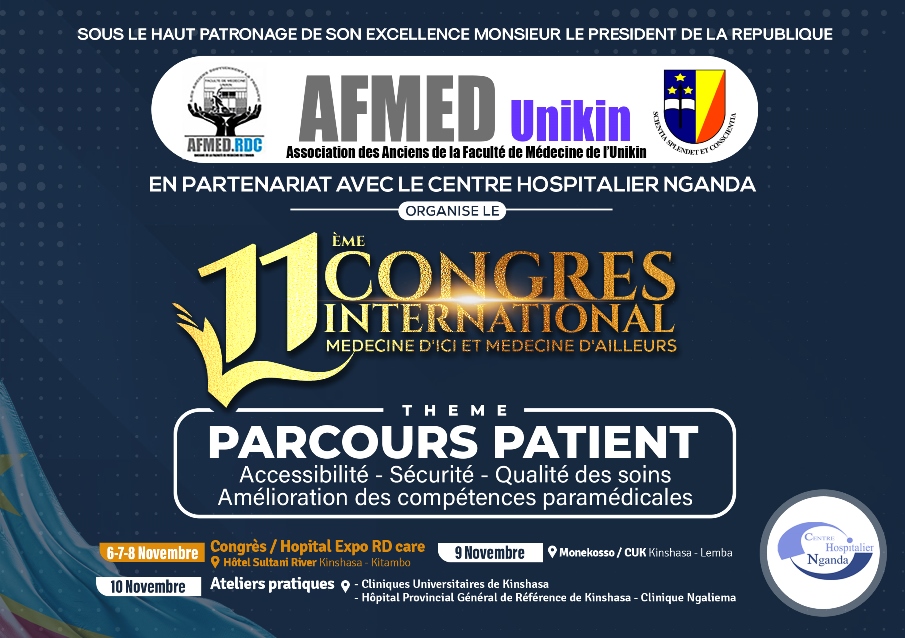Steve Ahuka-Mundeke, M.D., Ph.D., Rebecca M. Casey, M.B., B.S., M.P.H.,
Jennifer B. Harris, Ph.D., M.P.H., Meredith G. Dixon, M.D.,
Pierre M. Nsele, M.D., Gabriel M. Kizito, M.D., Grace Umutesi, M.P.H.,
Janeen Laven, B.S., Gilson Paluku, M.D., M.P.H., Abdou S. Gueye, M.D., Ph.D.,
Terri B. Hyde, M.D., M.P.H., Guylain K.M. Sheria, M.D., Ph.D.,
Jean-Jacques Muyembe-Tanfum, M.D., Ph.D., and J. Erin Staples, M.D., Ph.D.
ABSTRACT
BACKGROUND
In 2016, the response to a yellow fever outbreak in Angola and the Democratic Republic of Congo led to a global shortage of yellow fever vaccine. As a result, a
fractional dose of the 17DD yellow fever vaccine (containing one f ifth [0.1 ml] of the standard dose) was offered to 7.6 million children 2 years of age or older and
nonpregnant adults in a preemptive campaign in Kinshasa. The goal of this study was to assess the immune response to the fractional dose in a large-scale campaign.
METHODS
We recruited participants in four age strata at six vaccination sites. We assessed neutralizing antibody titers against yellow fever virus in blood samples obtained
before vaccination and 28 to 35 days after vaccination, using a plaque reduction neutralization test with a 50% cutoff (PRNT 50). Participants with a PRNT
titer of 10 or higher at baseline were considered to be seropositive. Those with a baseline titer of less than 10 who became seropositive at follow-up were classif ied as having undergone seroconversion. Participants who were seropositive at baseline and who had an increase in the titer by a factor of 4 or more at follow-up were classif ied as having an immune response.
RESULTS
Among 716 participants who completed follow-up, 705 (98%; 95% conf idence interval [CI], 97 to 99) were seropositive after vaccination.
Among 493 participants
who were seronegative at baseline, 482 (98%; 95% CI, 96 to 99) underwent seroconversion.
Among 223 participants who were seropositive at baseline, 148 (66%; 95% CI, 60 to 72) had an immune response.
Lower baseline titers were associated with a higher probability of having an immune response (P<0.001).
CONCLUSIONS
A fractional dose of the 17DD yellow fever vaccine was effective at inducing seroconversion in most of the participants who were seronegative at baseline.
These findings support the use of fractional-dose vaccination for outbreak control.
(Funded by the U.S. Agency for International Development and the Centers for Disease Control and Prevention.) 50
Plus d’infos sur NEJM









